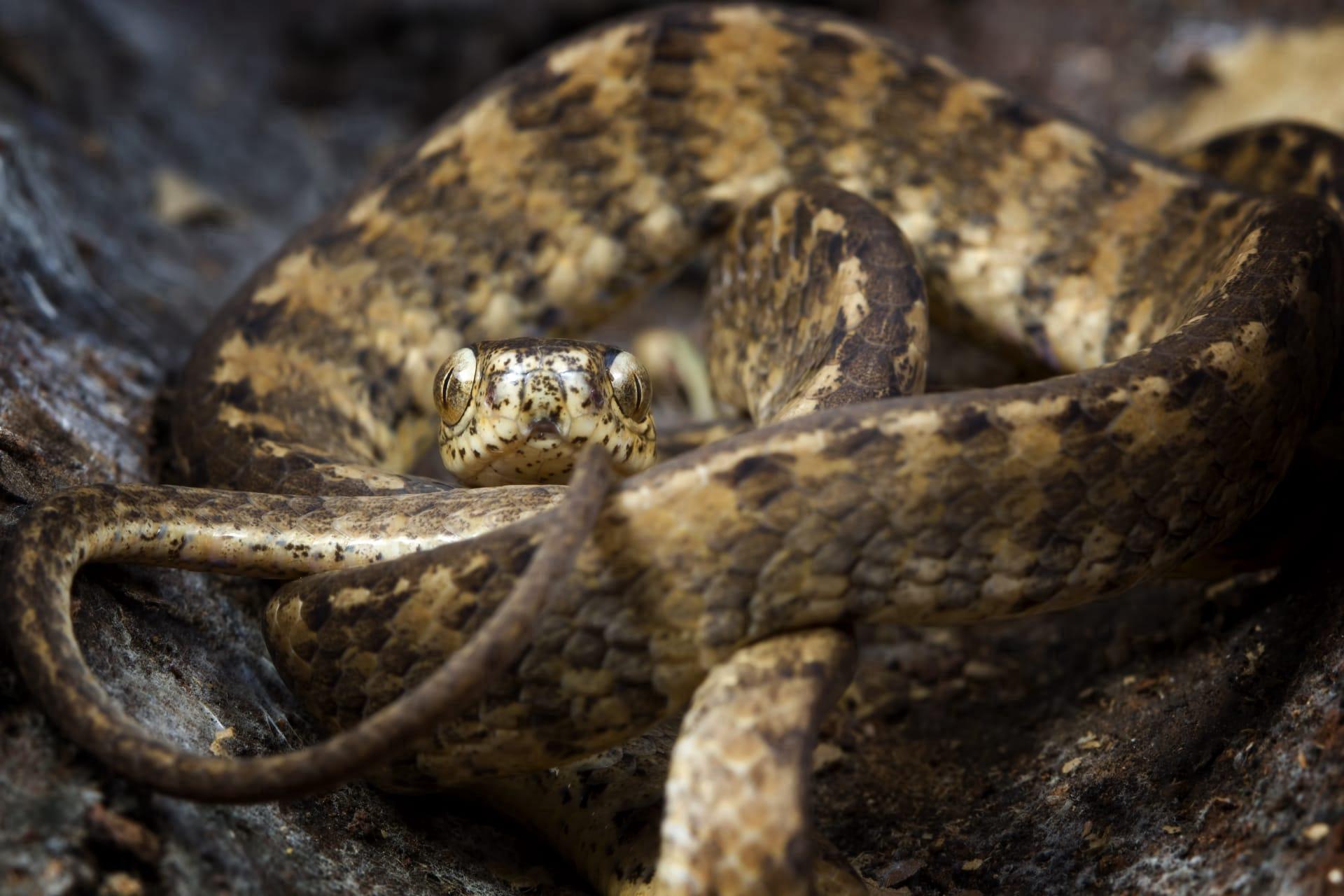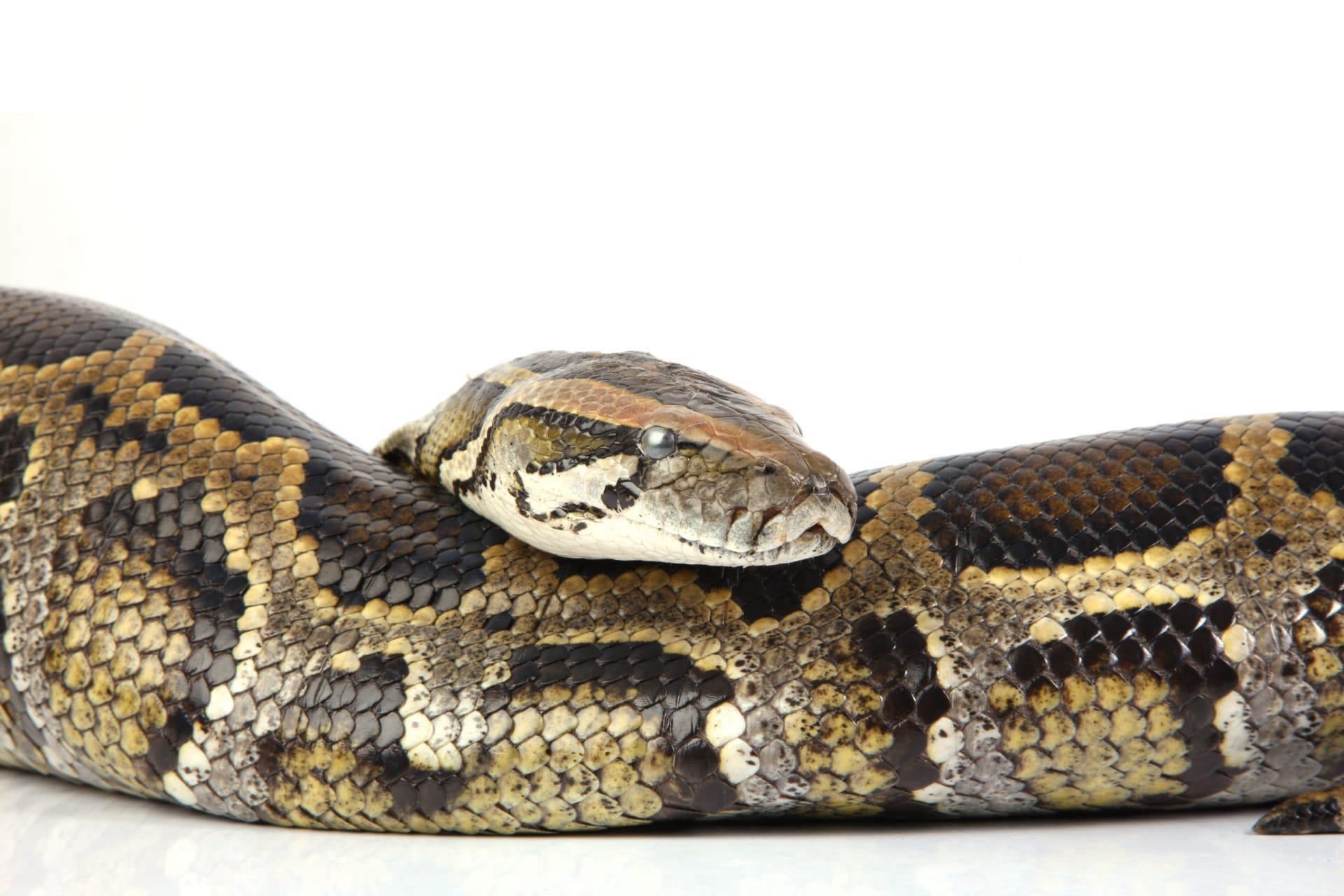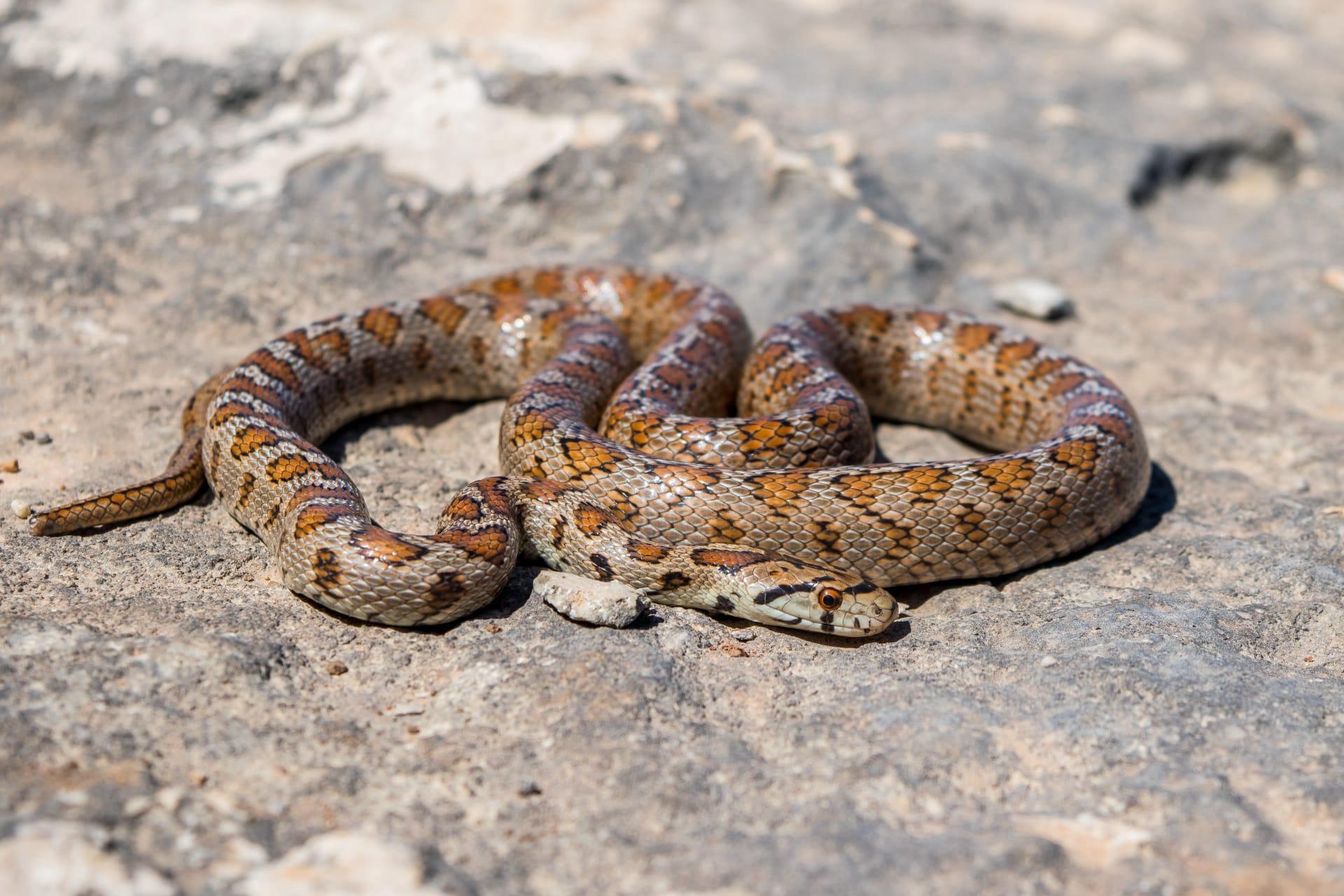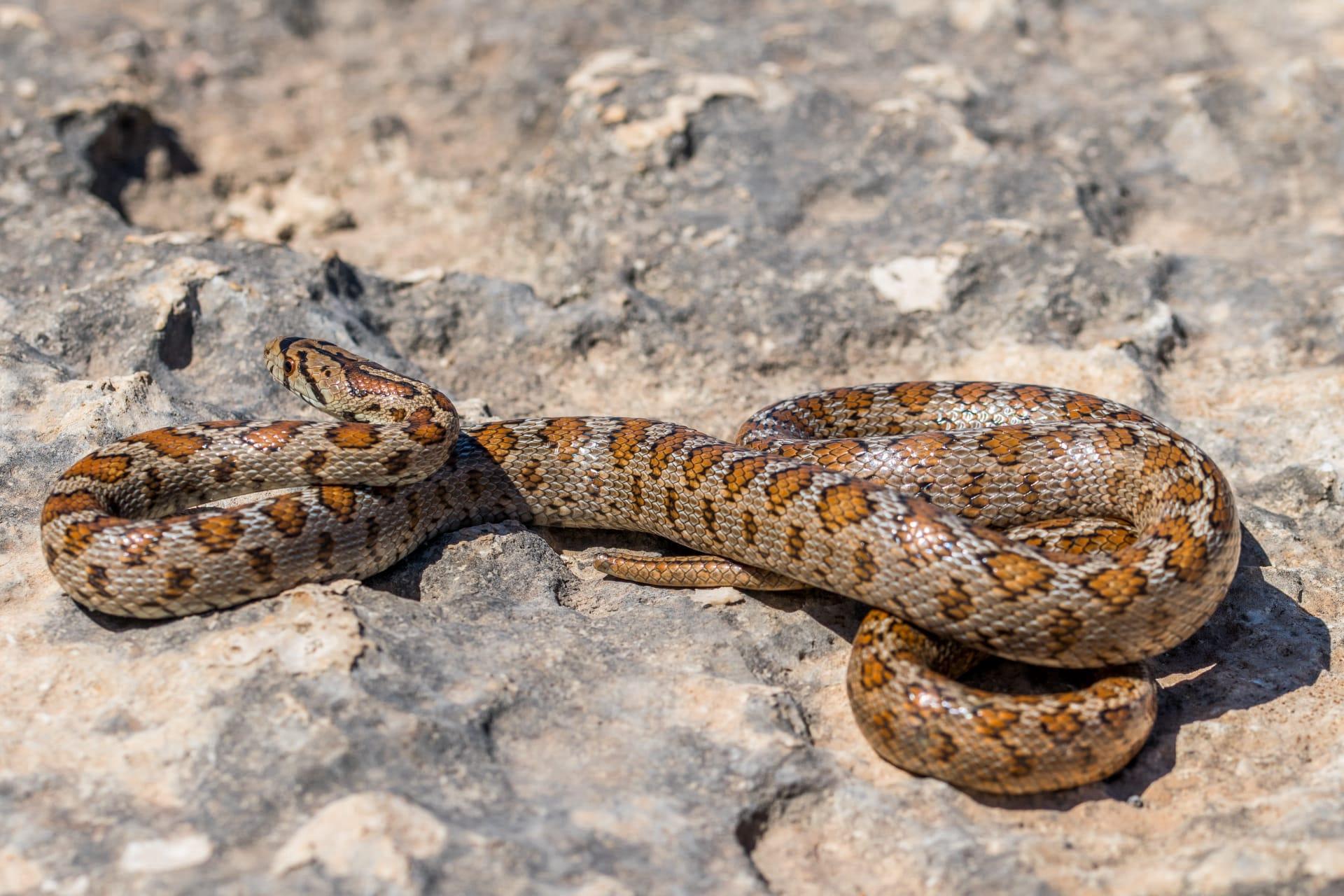Hognose Snake Characteristics
- Home /
- Mini Encyclopedia /
- Animal /
- Hognose Snake Characteristics
1
Hognose snakes, renowned for their distinct snouts, are fascinating creatures. Typically, these snakes can grow up to 20 to 35 inches long, with some exceptional cases reaching nearly 4 feet. In terms of lifespan, hognose snakes can live for about 12 to 18 years in captivity, although their lifespan in the wild may be shorter due to various natural threats. These reptiles are characterized by a stout body and a slightly upturned snout, which serves a unique purpose in their habitat.
The most remarkable organ of the hognose snake is its "hognose" - the upturned snout. This specialized structure is not just for show; it plays a critical role in their survival. The hognose uses its snout to dig effectively in sandy and loose soils, searching for toads, its primary diet. This digging tool allows the snake to uncover hidden or burrowing prey, showcasing a fascinating adaptation to its environment.

2
Question: Why do hognose snakes sometimes play dead?
Answer: Hognose snakes are known for their dramatic defensive behavior. When threatened, they often engage in an elaborate display of feigning death. This act involves the snake flipping onto its back, opening its mouth, sticking out its tongue, and remaining motionless. This behavior, known as "thanatosis," is a survival strategy to dissuade predators. The act is so convincing that predators, often looking for live prey, might lose interest, giving the snake a chance to escape harm.

3
Hognose snakes exhibit unique locomotion traits. They are not as fast as some other snake species but are adept at burrowing and maneuvering through various terrains, including sandy and wooded areas. Their movement is often characterized by a side-winding motion, which is particularly efficient in loose or sandy soil, a common feature in their natural habitat.
In terms of hunting and feeding, hognose snakes have a specialized diet mainly consisting of amphibians, particularly toads. They have an immunity to the toxins that toads secrete. When hunting, they use their keen sense of smell to locate prey. Once they find a toad, they use their rear fangs to puncture and deflate the toad, which often puffs up as a defense mechanism. This unique feeding strategy highlights their adaptation to a specific prey type.

4
The hognose snake is found in diverse environments, ranging from grasslands, farmlands, and forests to coastal regions in North and Central America. They are adaptable and can thrive in both arid and semi-arid regions. The key to their habitat is the availability of loose, sandy soil for burrowing and an abundance of their primary prey, toads.
Reproduction-wise, hognose snakes are oviparous, meaning they lay eggs. The mating season occurs in spring, and females lay clutches of 15 to 25 eggs, usually in sandy or loose soil to provide optimal conditions for incubation. The eggs hatch after about 60 days. Interestingly, the young snakes are independent from birth and receive no parental care, a common trait among many snake species.

5
Book: "The Secret World of Snakes: A Detailed Guide to Hognose Snakes" by Dr. Amelia Richardson, published in the United States in 2018. This book offers a comprehensive view of hognose snakes, exploring their behavior, habitat, and conservation status. Richardson, a herpetologist, combines scientific research with fascinating anecdotes, making the book an engaging read for both snake enthusiasts and general readers.
Book: "Hognose Habitats: Exploring the Life of North America's Unique Serpent" by Michael Sanders, published in Canada in 2020. Sanders' work delves into the ecological and environmental aspects of the hognose snake's life. The book is filled with vivid photographs and detailed observations, providing an in-depth look at the snake's interaction with its ecosystem, diet, and survival strategies.